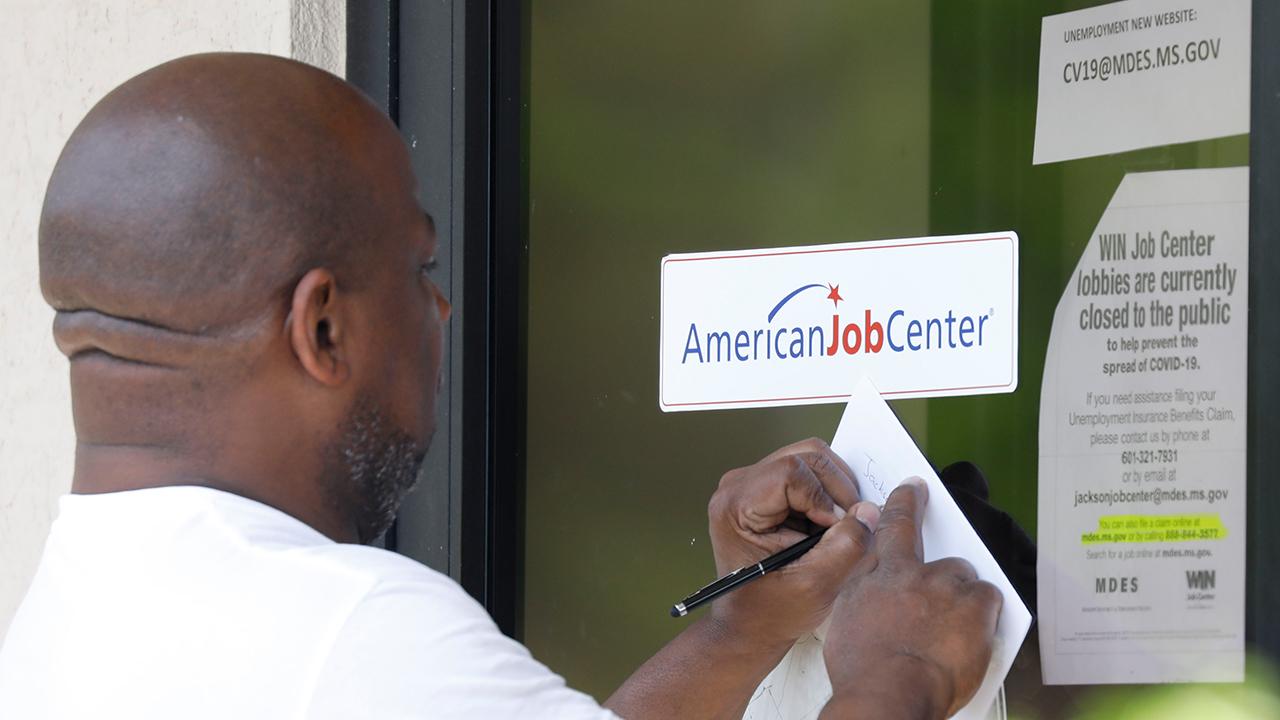Banks setting up for small business loan forgiveness as government prepares to release roadmap
Owners who received the first PPP loans are nearing the end of that eight-week period
Get all the latest news on coronavirus and more delivered daily to your inbox. Sign up here.
Banks are starting to lay the groundwork for Paycheck Protection Program loan forgiveness as the Treasury Department and Small Business Administration prepare to unveil guidelines for the millions of borrowers who hope to turn their federally backed coronavirus aid into a grant.
“I think we’ll have the application and the guidelines as early as today,” Sen. Marco Rubio, the chairman of the Senate Small Business Committee, told ABC News Wednesday night.
PPP RECIPIENTS COULD FACE LOAN CHALLENGES - HERE'S WHY
Under the program, which Congress established as part of the $2.2 trillion CARES Act, businesses with fewer than 500 workers can secure low-interest loans of up to $10 million. If at least 75 percent of the money goes toward maintaining payroll — including salary, health insurance, leave and severance pay — within eight weeks, the federal government will forgive it.
The remaining 25 percent can be spent on operating costs like rent and utilities, but may not go toward mortgage principal or pre-payments. Money spent on non-qualifying expenses must be repaid at an annual rate of 1 percent within two years. No payments are required during the first six months.
“Forgiveness is based on the employer maintaining or quickly rehiring employees and maintaining salary levels,” the Small Business Administration said on its website. “Forgiveness will be reduced if full-time headcount declines, or if salaries and wages decrease.”
ELITE SCHOOLS THAT TAPPED SMALL BUSINESS FUND SHOULD RETURN AID, MNUCHIN SAYS
But small business owners have cited confusion and uncertainty around the forgiveness process. Owners who received the first PPP loans are nearing the end of that eight-week period.
Plus, with the expanded unemployment benefits included in the economic-relief bill, it’s become more lucrative for some workers to remain unemployed than to return to their job. The ensuing problem means that borrowers could be saddled with huge debt loads if they’re unable to spend the money as dictated for it to become a grant. Only a handful of states have allowed businesses to reopen.
Rubio said Wednesday that he and Sen. Ben Cardin, a Maryland Democrat who also sits on the Senate Small Business Committee, intend to craft a bill to extend the eight-week period, though neither specified what the change will be.
TREASURY SAYS SOME PUBLIC COMPANIES NOT ELIGIBLE FOR SMALL-BUSINESS LOANS AFTER BACKLASH
ADP, a payroll processing firm, released a checklist for small businesses hoping to have their loan forgiven. It includes:
- Maintain staffing levels: The average number of full-time employees per month during the eight-week period should be “at least equal” to the average number of full-time employees between Feb. 15 and June 30, or January through February of 2020.
- Reverse any reductions in staffing levels by June 30: The forgiveness amount may be reduced if a small business owner reduced staff levels or payments outside of the Feb. 15 - April 26 timeline. It’s unclear whether the forgiveness amount will be reduced if the staffing reduction is reversed by June 30.
- Maintain pay levels: Avoid reducing any employee’s wages by 25 percent or more during the eight-week period that you receive the loan. If you lower an employee’s wages, the loan may still be forgiven if you reverse it by June 30.
- Only use the PPP money for permitted uses: Payroll costs, health-care costs; family leave; interest on mortgage obligations; rent and utilities.
- Spend the loans within eight weeks of loan receipt
- Use at least 75 percent on payroll costs during the eight weeks after loan receipt
For instance, if a small business owner received a $100,000 loan, and over the course of eight weeks, used $60,000 of it on payroll costs and $30,000 on non-payroll costs, only $25,000 of the non-payroll costs would be forgiven. That would leave the small business owner with $15,000 to repay, plus interest.




















